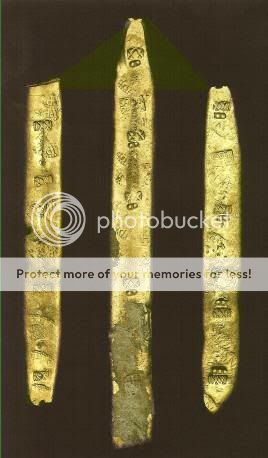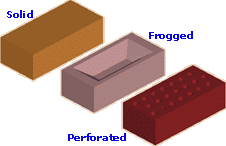cactusjumper
Gold Member
Bowman,
"now some of you may have noted that i did not say the mines were founded in 1488 as the date is beleived to read over the crypt we beleive we have found . i did that for a good reason . the date 1488 is the brith date of the founder of the jesuits , IMHO it was simbolic more than a dated crypt ....the date makes sense this way ...."
Does the fact that St. Ignatius Loyola was born on December 24, 1491 make any difference in your theory?
Joe
"now some of you may have noted that i did not say the mines were founded in 1488 as the date is beleived to read over the crypt we beleive we have found . i did that for a good reason . the date 1488 is the brith date of the founder of the jesuits , IMHO it was simbolic more than a dated crypt ....the date makes sense this way ...."
Does the fact that St. Ignatius Loyola was born on December 24, 1491 make any difference in your theory?
Joe














